Nowruz or Noruz (means New Day) is the name of the Iranian New Year which is celebrated worldwide by various ethno-linguistic groups as the beginning of the New Year. Although having Iranian and religious Zoroastrian origins, Nowruz has been celebrated by people from diverse ethno-linguistic communities. It has been celebrated for over 3,000 years in Western Asia, Central Asia, the Caucasus, the Black Sea Basin, and the Balkans. It is a secular holiday for most celebrants that is enjoyed by people of several different faiths, but remains a holy day for Zoroastrians.
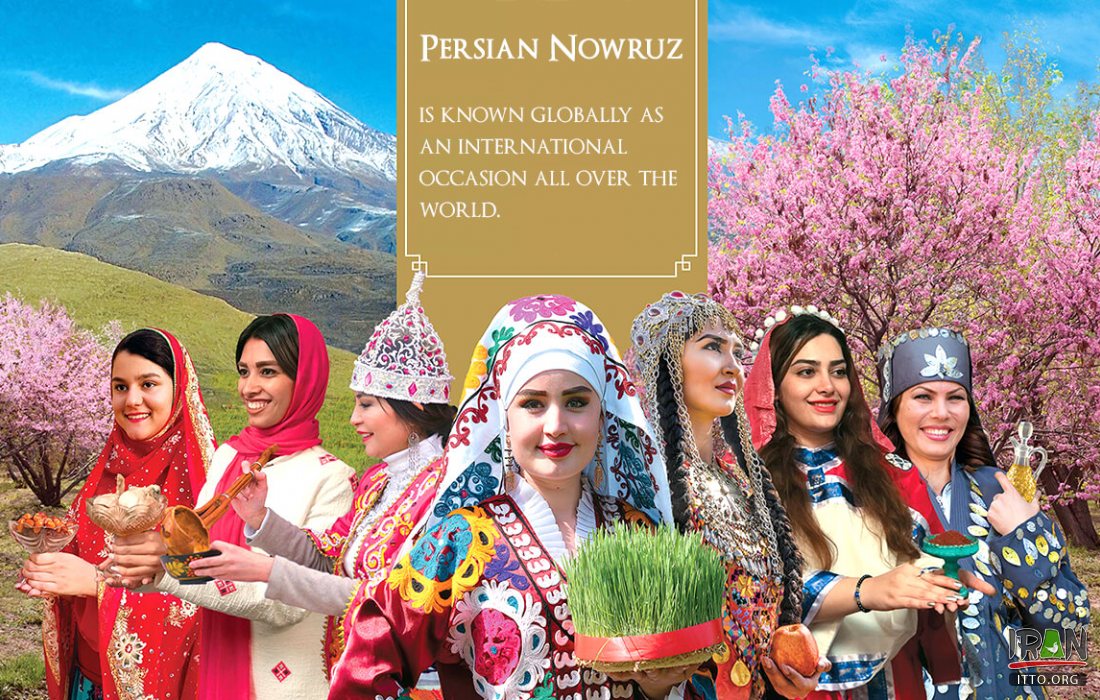
Nowruz, the celebration of Iranian New Year, starts on March 20 and is considered the most important holiday in Iran.
Nowruz is the day of the vernal equinox, and marks the beginning of spring in the Northern Hemisphere. It marks the first day of the first month (Farvardin) in the Iranian calendar.
It usually occurs on March 21 or the previous or following day, depending on where it is observed. The moment the sun crosses the celestial equator and equalizes night and day is calculated exactly every year, and families gather together to observe the rituals.
Nowruz marks the beginning of the New Year in Iran's official calendar, the Solar Hejri calendar. The present-day calendar system was first enacted by the Iranian Parliament on March 31, 1925.
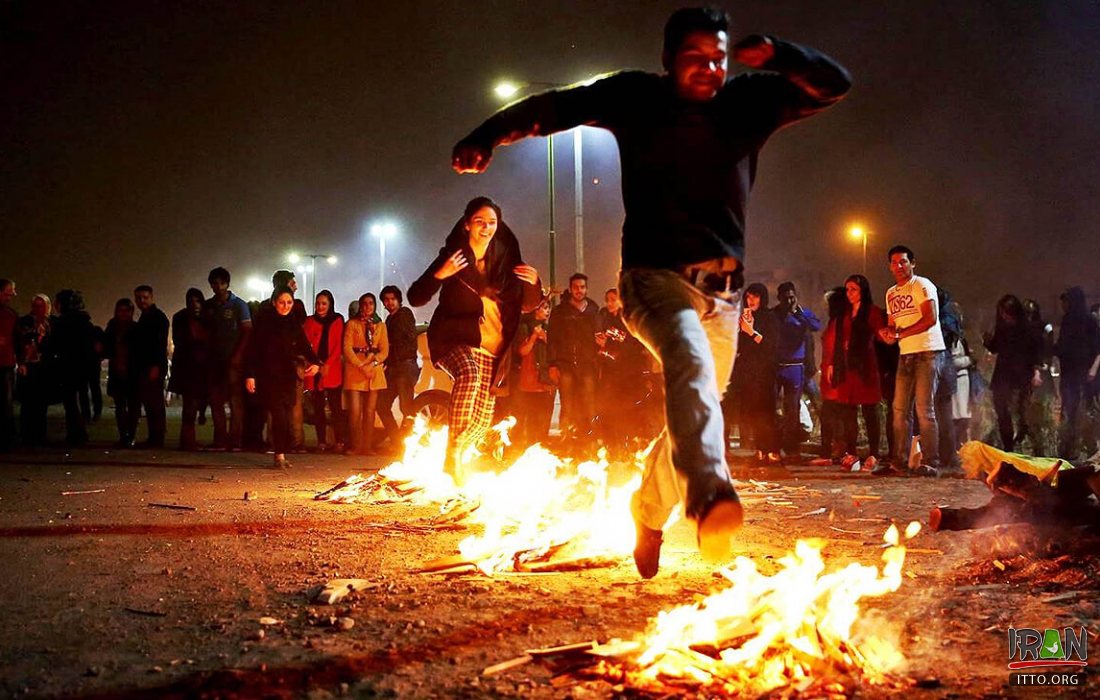
Chaharshanbe Suri is an Iranian festival celebrated on the eve of the last Wednesday before Nowruz.
Iran's Nowruz celebrations last for two weeks, before which a fire festival (Chaharshanbe Suri) is also celebrated, and include four official public holidays from the first to the fourth day of Farvardin, the first month of the Iranian calendar (usually coincided with March 21 to 24)
Ancient roots:Although it is not clear whether Proto-Indo-Iranians celebrated a feast as the first day of the calendar, there are indications that Iranians may have observed the beginning of both autumn and spring, respectively related to the harvest and the sowing of seeds, for the celebration of the New Year. Nowruz is partly rooted in the tradition of Iranian religions, such as Mitraism and Zoroastrianism.
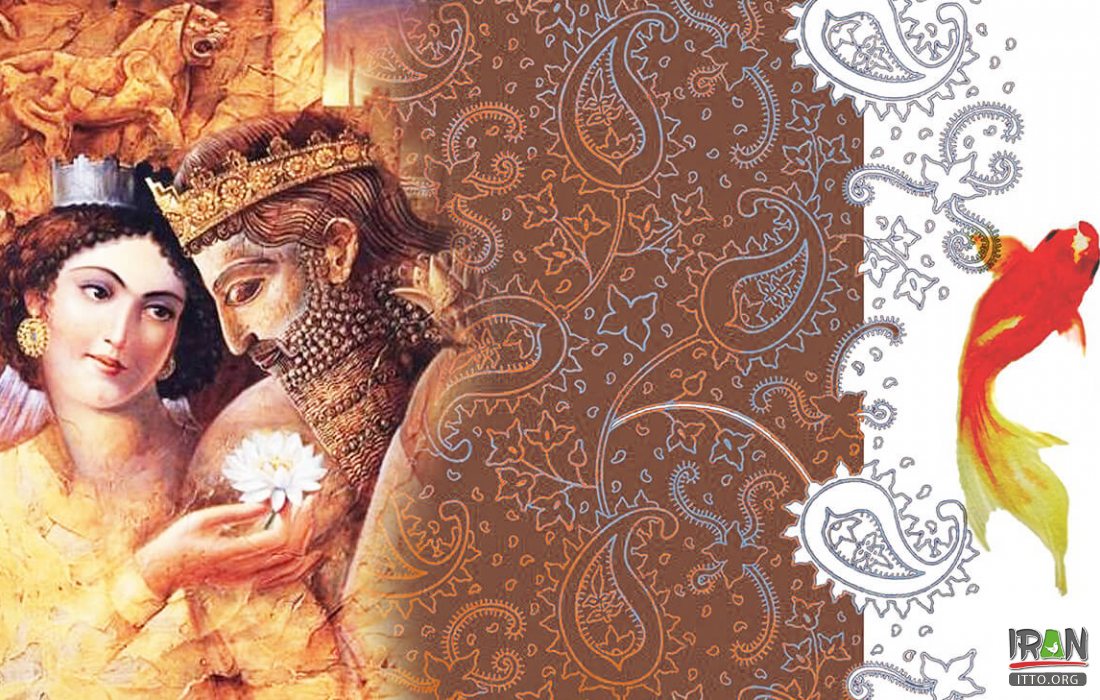
The ancient Persian spring festival of Nowruz, Persian for "new day" is considered the beginning of the New Year not only in Iran, but throughout Central Asia.
In Mitraism, festivals had a deep linkage with the sun's light. The Iranian festivals such as Mehrgan (autumnal equinox), Tirgan, and the eve of Chelle ye Zemestan (winter solstice) also had an origin in the Sun god (Surya). Among other ideas, Zoroastrianism is the first monotheistic religion that emphasizes broad concepts such as the corresponding work of good and evil in the world, and the connection of humans to nature. Zoroastrian practices were dominant for much of the history of ancient Iran. In Zoroastrianism, the seven most important Zoroastrian festivals are the six Gahambar festivals and Nowruz, which occurs at the spring equinox.
Achaemenid period:It has been suggested that the famous Persepolis complex, or at least the palace of Apadana and the Hundred Columns Hall, were built for the specific purpose of celebrating a feast related to Nowruz. Although there may be no mention of the term Nowruz in recorded Achaemenid inscriptions, there is a detailed account by Xenophon of a Nowruz celebration taking place in Persepolis and the continuity of this festival in the Achaemenid tradition.
It was an important day during the time of the Achaemenids (c. 550–330 BCE), where kings from different nations under the Achaemenid Empire used to bring gifts to the King of Kings of Iran. The significance of the ceremony in the Achaemenid Empire was such that King Cambyses II's appointment as the king of Babylon was legitimized only after his participation in the referred annual Achaemenid festival. It was, therefore, a highly auspicious occasion for the ancient Iranian peoples.
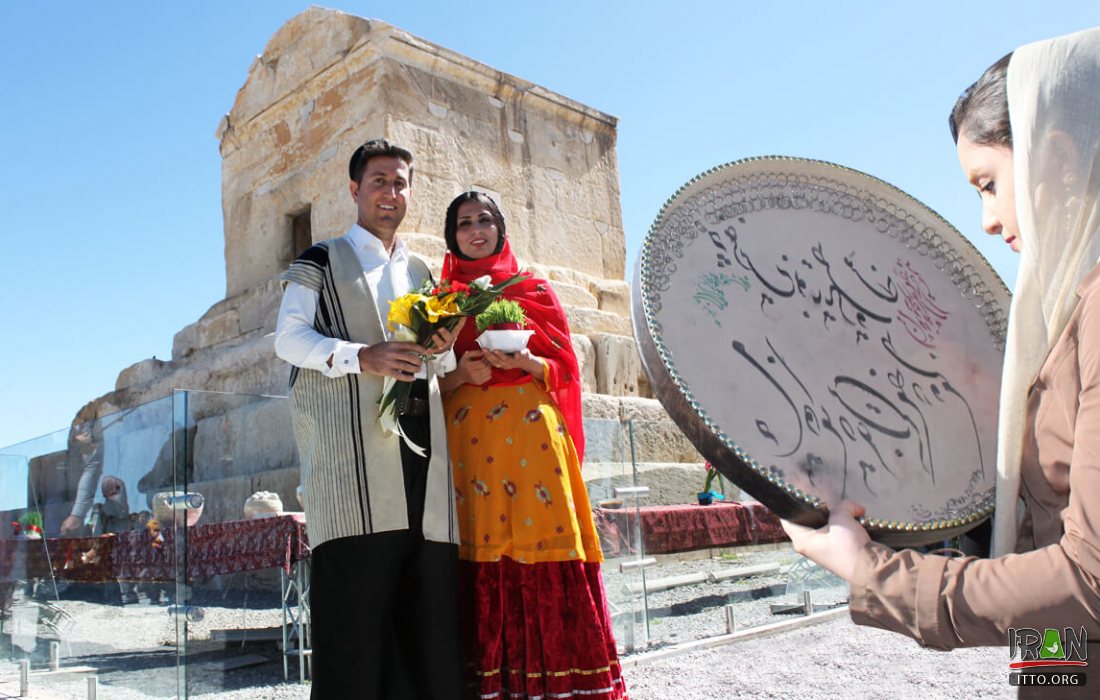
Celebrating Nowruz at World Cultural Heritage Sites such as Pasargad and Persepolis
In 539 BC, the Jews came under Iranian rule, thus exposing both groups to each other's customs. According to the Encyclopædia Britannica, the story of Purim as told in the Book of Esther is adapted from an Iranian novella about the shrewdness of harem queens, suggesting that Purim may be a transformation of the Iranian New Year. A specific novella is not identified and Encyclopædia Britannica itself notes that "no Jewish texts of this genre from the Persian period are extant, so these new elements can be recognized only inferentially".
The Encyclopaedia of Religion and Ethics notes that the Purim holiday is based on a lunar calendar, while Nowruz occurs at the spring equinox (solar calendar). The two holidays are therefore celebrated on different dates but within a few weeks of each other, depending on the year. Given their temporal associations, it is possible that the Jews and Iranians of the time may have shared or adopted similar customs for these holidays.
Haft Sin:Haft-sin (seven [items beginning with the letter] sin (S)"), also spelled as Haft-seen, is an arrangement of seven symbolic items whose names start with the letter sin in the Persian alphabet. It is traditionally displayed at Nowruz, the Iranian New Year's day, which is celebrated on the day of the vernal equinox, marking the beginning of spring on the Northern Hemisphere.
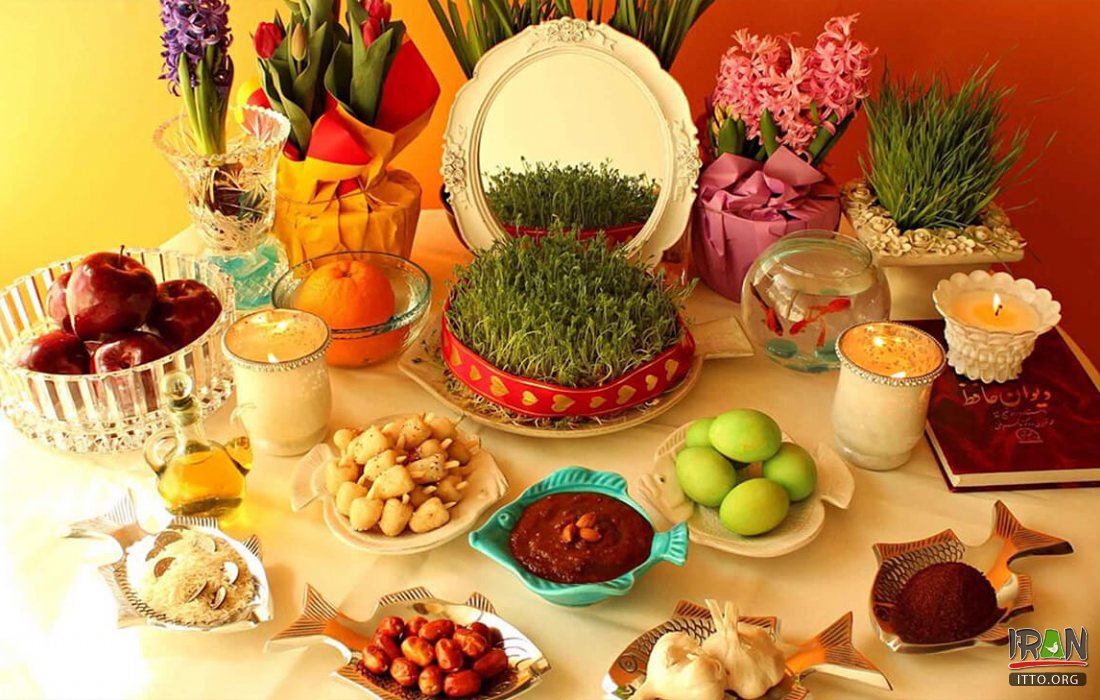
Haft-sin is an arrangement of seven symbolic items whose names start with the letter "S" pronounced as "seen" the 15th letter in the Persian alphabet.
The festival of Nowruz is celebrated by many groups of people in the Black Sea basin, the Balkans, the Caucasus, Western Asia, central and southern Asia, and by Iranians worldwide. Places where Nowruz is a public holiday include:
Iran (13 days), Iraqi Kurdistan, Uzbekistan, Afghanistan, Tajikistan (4 days), Azerbaijan (5 days), Turkmenistan (2 days), Kazakhstan (4 days), Kyrgyzstan, Albania, Georgia, Mongolia and Kosovo.
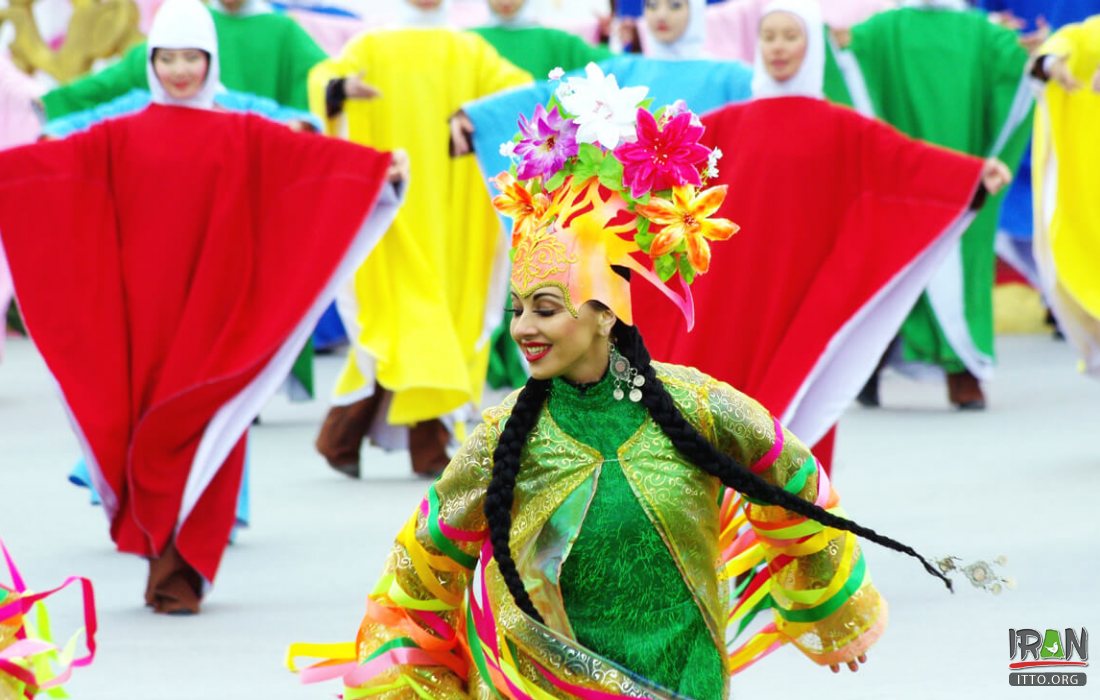
Nowruz is celebrated across the Middle East, Central Asia, the Caucasus and beyond. Countries celebrating Nowruz include Iran, Iraq, Afghanistan, Georgia, Kyrgyzstan, Tajikistan, Uzbekistan, India and Albania.
In Iran, the traditional heralds of the festival of Nowruz are Amu Nowruz and Haji Firuz, who appear annually in the streets to celebrate the New Year. Amu Nowruz brings children gifts, much like his Christian counterpart Santa Claus. He is the husband of Nane Sarma, with whom he shares a traditional love story in which they can meet each other only once a year. He is characterized as an elderly silver-haired man who puts on a felt hat, and has a walking stick, a long cloak of blue canvas, a sash, a pair of thin-soled giveh, and a pair of linen trousers.
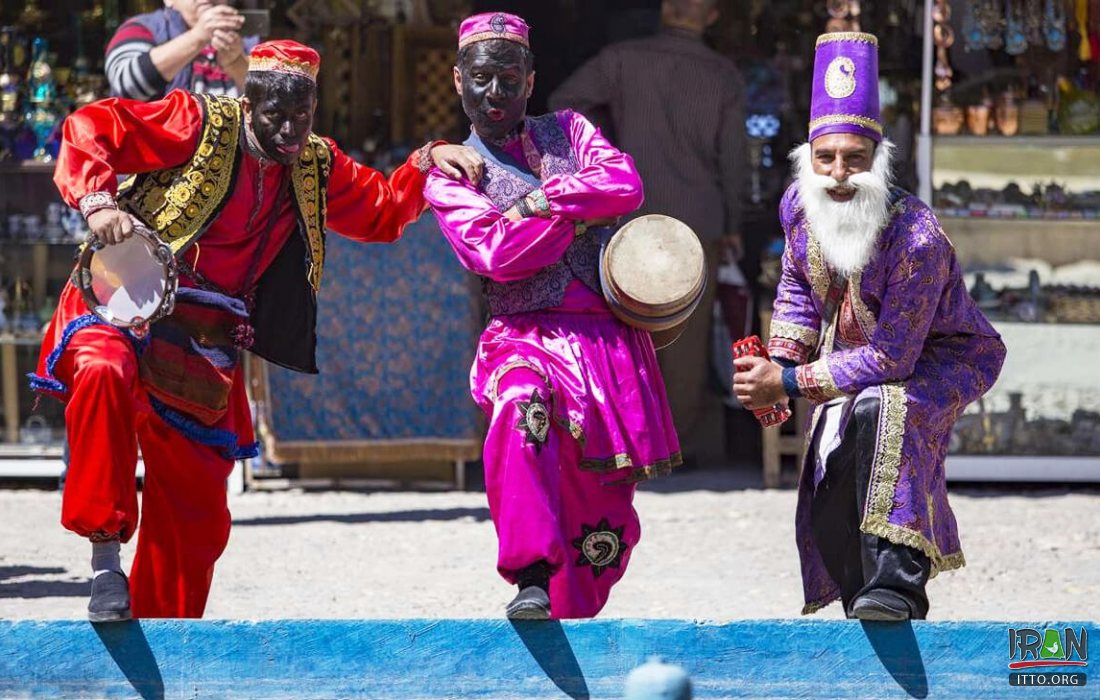
Hajji Firuz (or Khwaja Piruz) and Amu Nowruz (also known as Baba Nowruz) are fictional figures in Iranian folklore.
Haji Firuz, a character with his face and hands covered in soot, clad in bright red clothes and a felt hat, is the companion of Amu Nowruz. He dances through the streets while singing and playing a tambourine. In the traditional songs, he introduces himself as a serf trying to cheer people whom he refers to as his lords.










